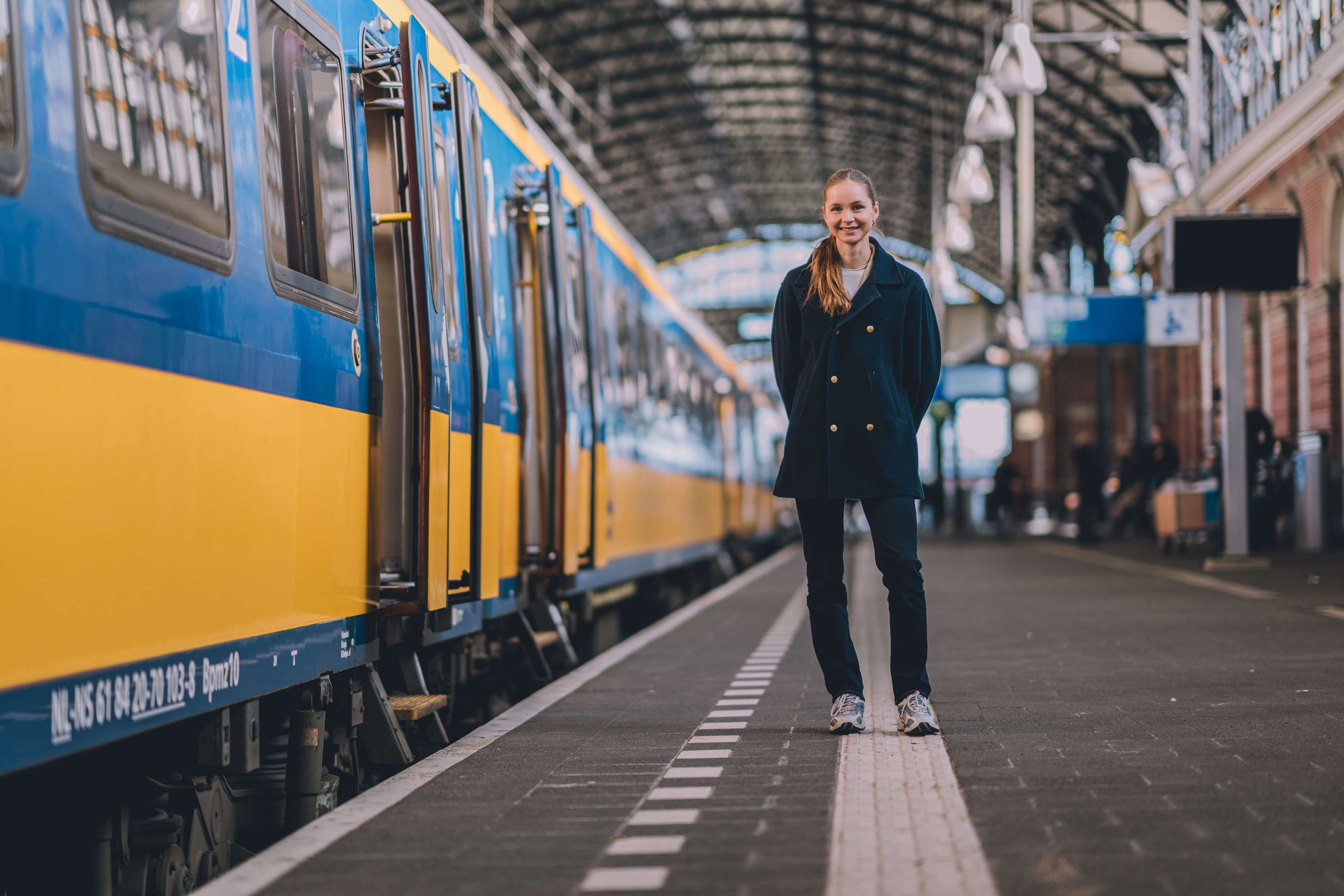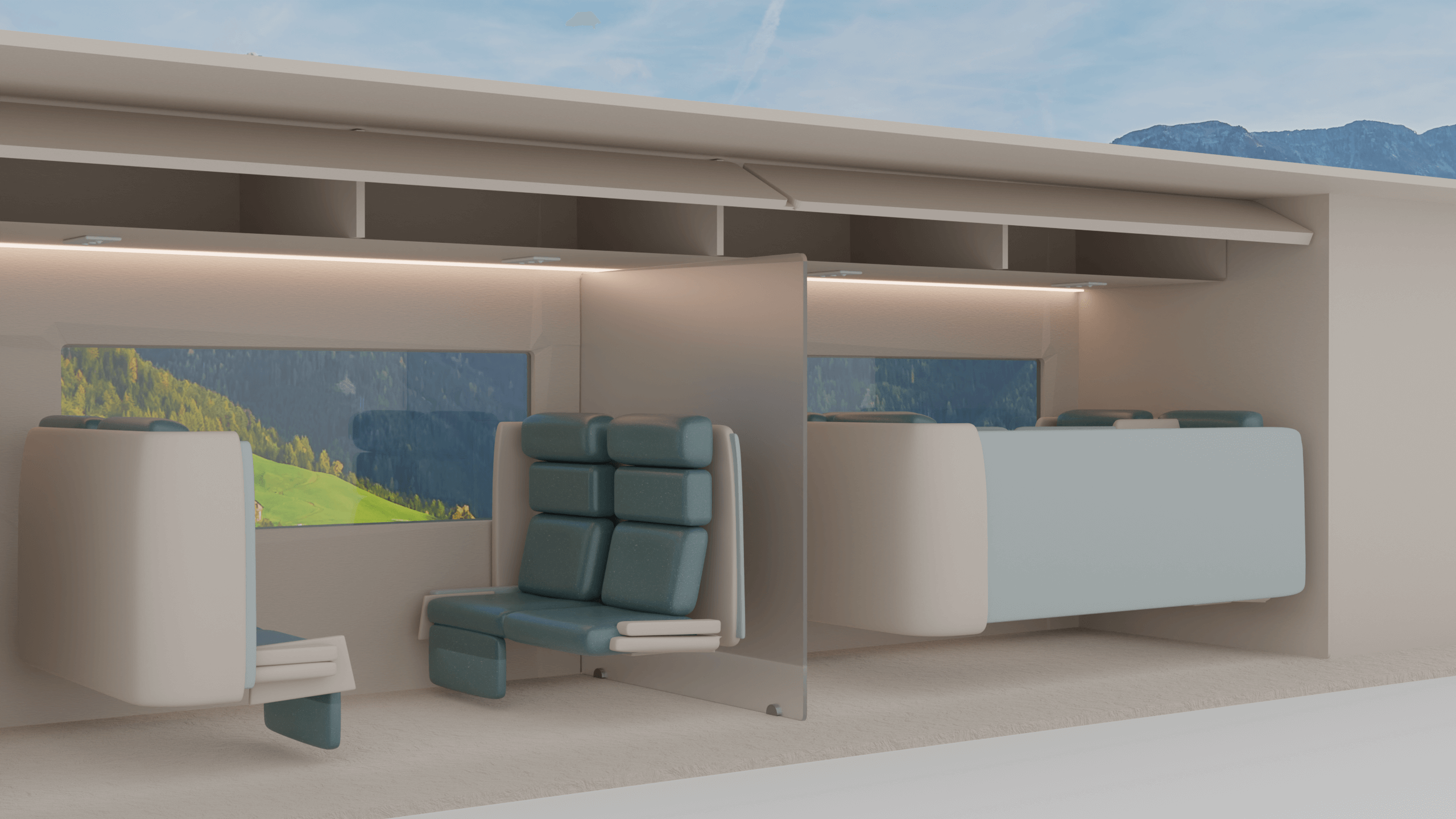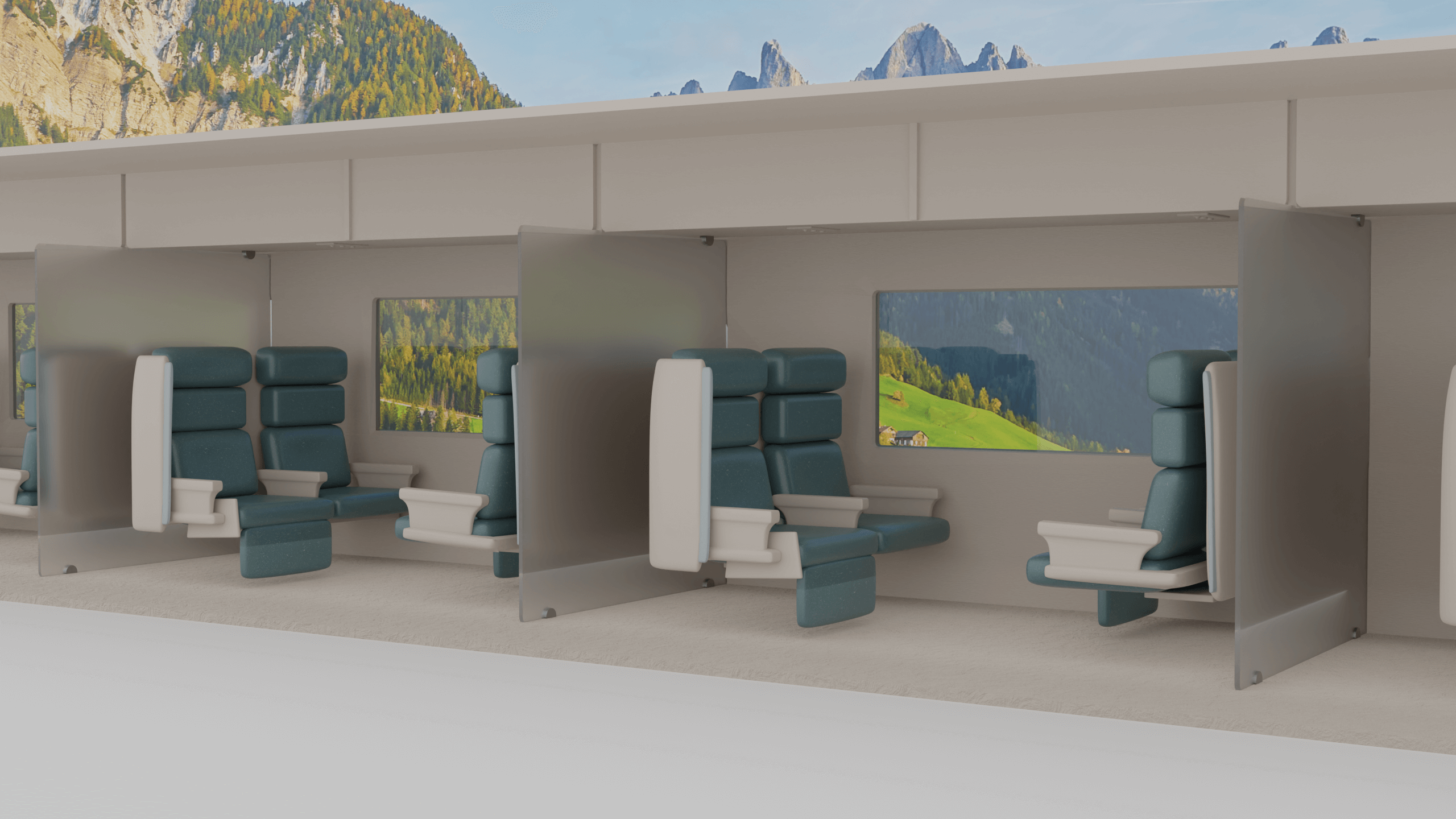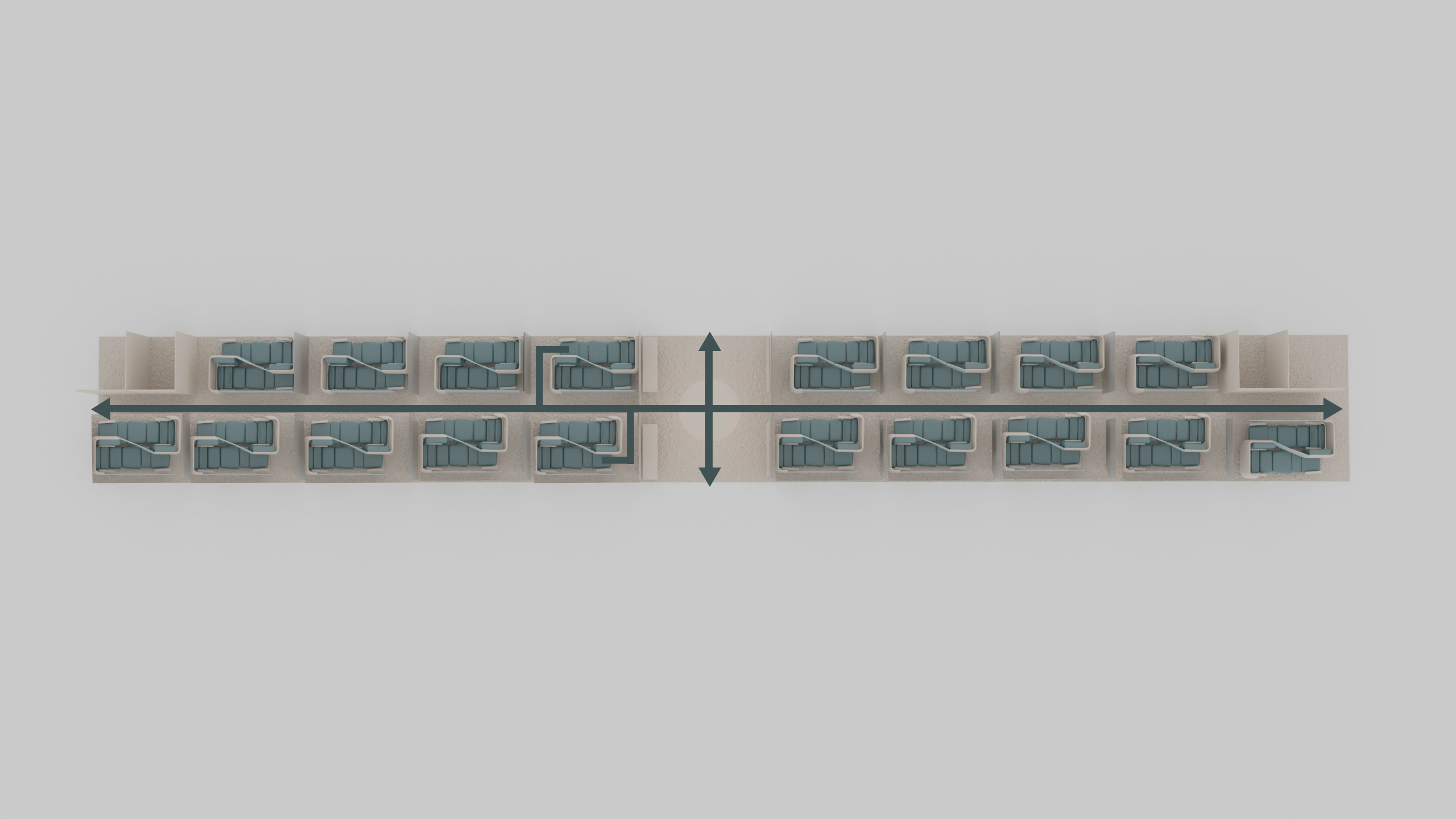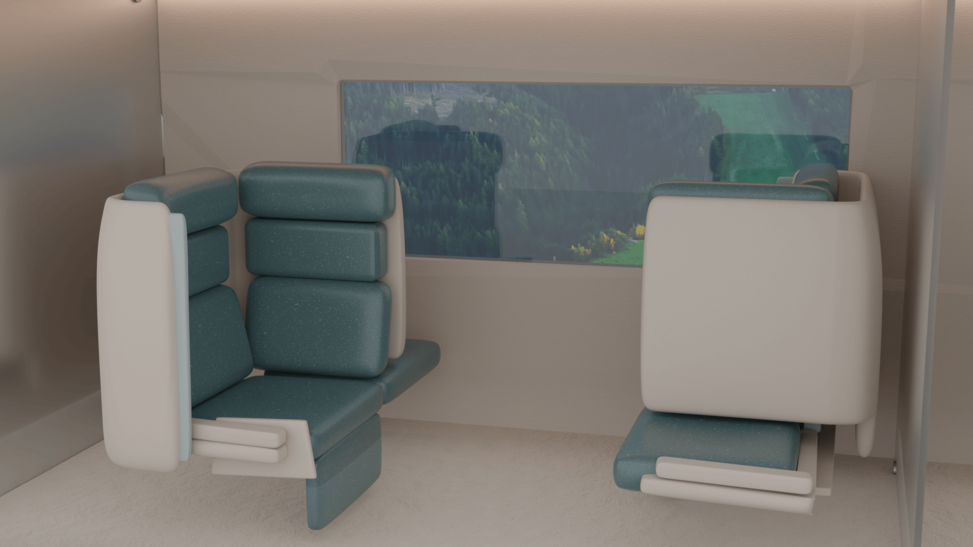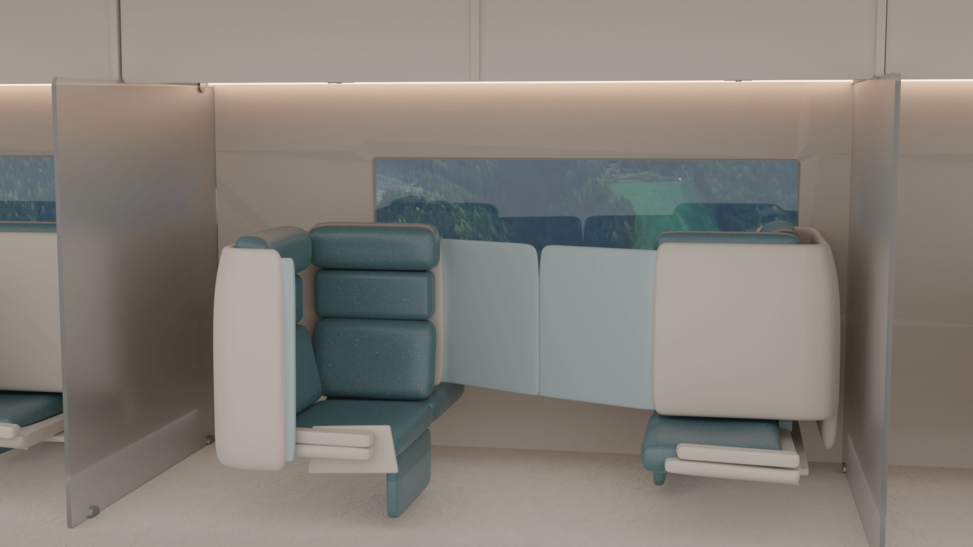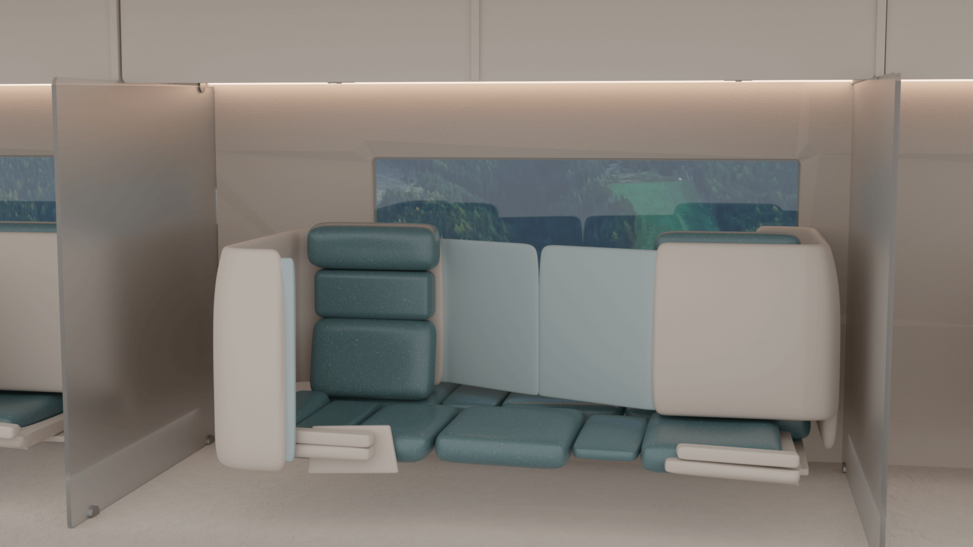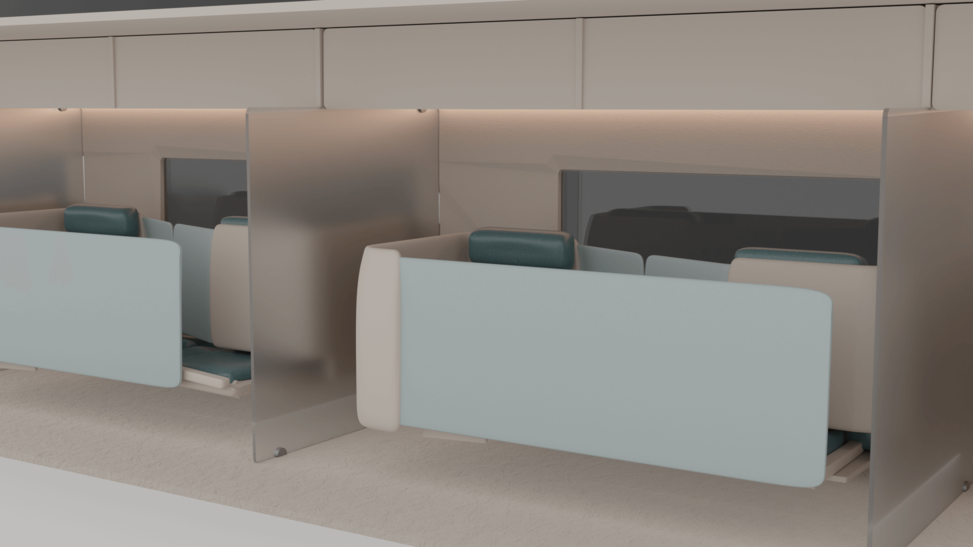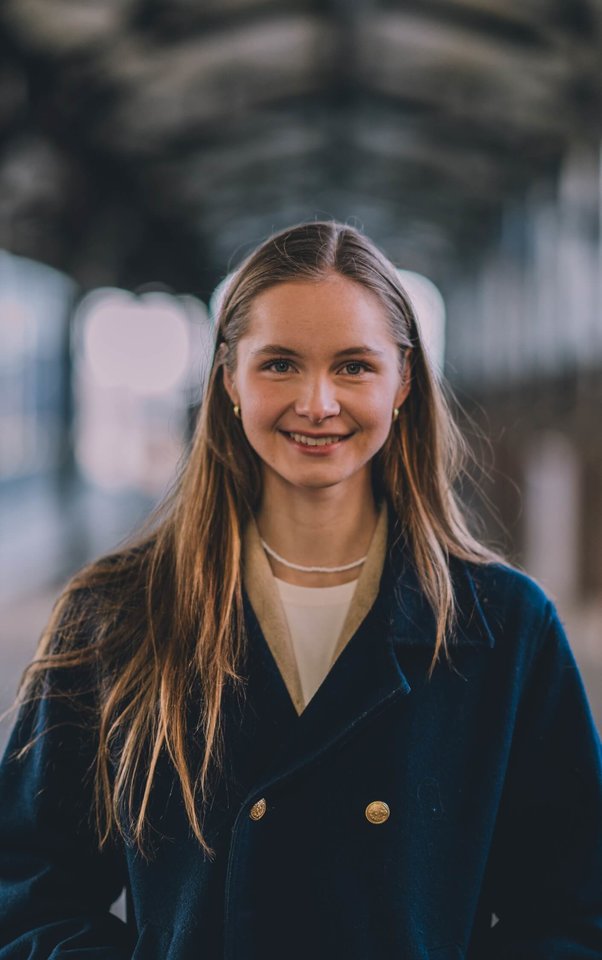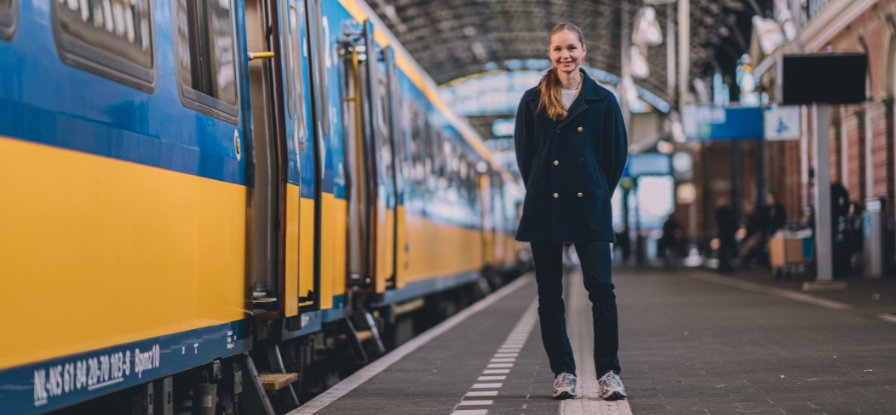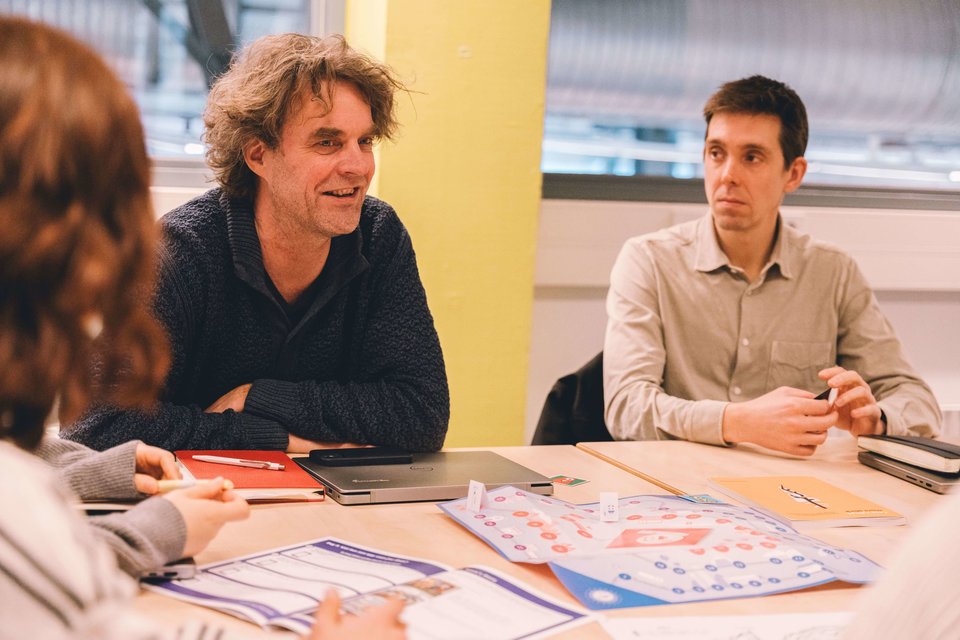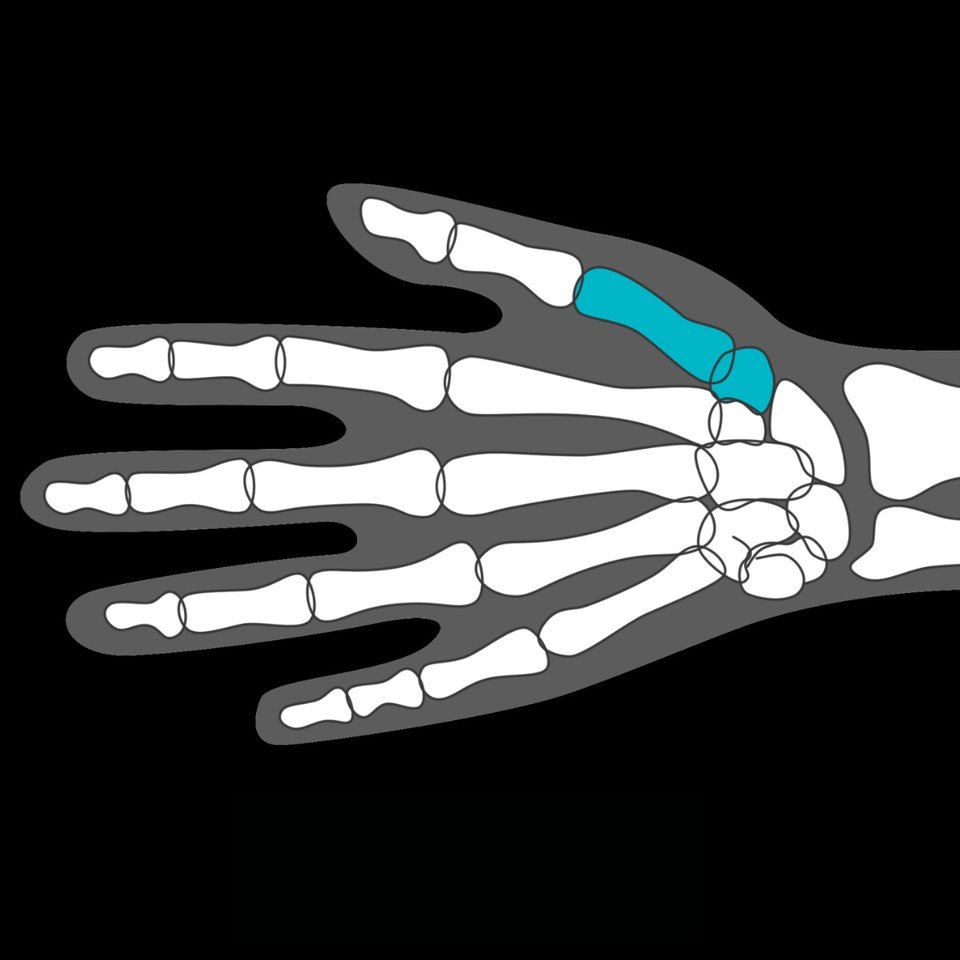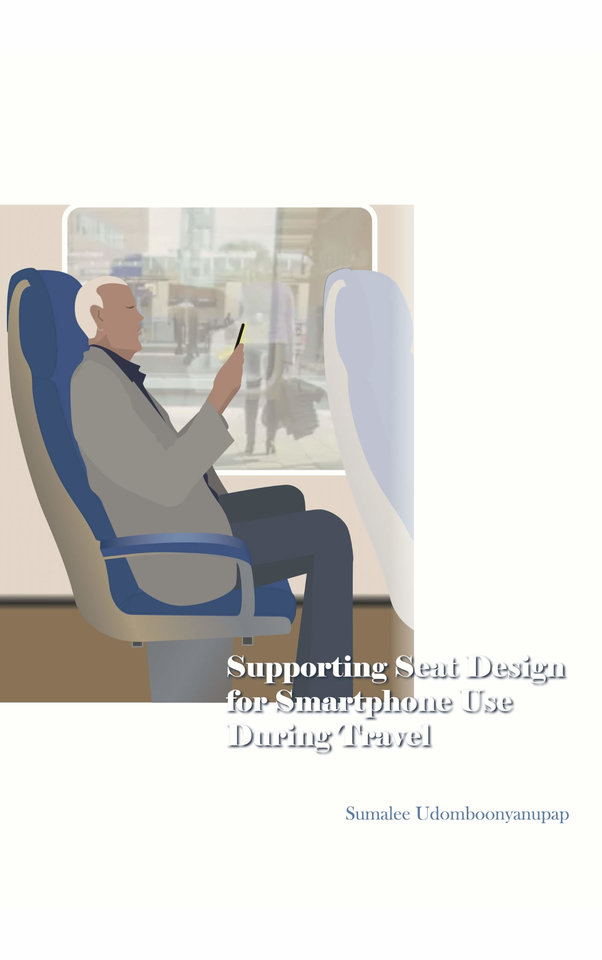A train car design for day and night
Have you ever watched the film 'Murder on the Orient Express'? In it, Inspector Hercule Poirot tries to solve the mysterious murder of an American businessman on the infamous night train. The film paints a very romantic picture of travelling by train at night, but is it still the case? "Actually, the business case of the night train doesn’t quite addup," explains IDE alumnus Annabelle Out. That’s why Annabelle designed a carriage interior for both day and night trains as part of her graduation project for the engineering firm Royal HaskoningDHV.
Night trains are steaming ahead in Europe. From Amsterdam to Zurich, from Paris to Madrid, from Stuttgart to Genoa. Governments, with the European Union acting as the locomotive, want night trains to become a full-fledged alternative to air travel in Europe. "The issue is that night trains have lower capacity compared to day trains," explains Gerbera Vledder, Annabelle's graduation mentor. "Day trains do several journeys a day and can carry more people, so it makes sense to design a train interior that is used both during the day and at night."
Annabelle Out took a deep dive into the world of the night train. She talked to train manufacturers and operators such as ace4rail, European Sleeper, NS, Luna Rail and Royal HaskoningDHV, as well as train passengers and so-called frequent flyers. She also travelled with the night train to Zurich, and took a look at the situation in China and the US. She wanted to know people's motives for travelling by train or plane and how they experience their journey.
Comfort, privacy, safety
"Comfort is the deciding factor for many people choosing between trains or planes. And comfort is largely determined by the sense of privacy and security. For operators, maximal capacity obviously plays an important role," Annabelle explains. "Comfort is about sleeping space, which is narrow in the current situation. In a couchette, at full capacity, you sleep with five other people. And if you need to go to the toilet, you have to make your way past your sleeping companions. In addition, the lack of privacy means you have to agree with your ‘bunk buddies’ when to be quiet and go to sleep. And there is the issue of border controls. Passengers can get some air, but strangers can also enter the train. That has an impact on your sense of security. For example, wondering whether the luggage is stored safely."
Based on her findings, Annabelle designed a train compartment with a solution for all of these challenges. Her carriage interior can accommodate 72 to 80 passengers during the day, with plenty of legroom and places for luggage. At night, it has room for 36 to 40 full beds, depending on the margins between seats. That is as many or even more than the highest luxury segment of current night trains. Passengers can convert their own seats into full-sized sleeping places at their own leisure. And the large dividing walls between the compartments and folding screens along the aisle and between the beds are designed for a good balance between privacy and social control. At the foot end, there is room to leave your bed quietly, to go to the toilet at night, for example.
Clever combinations
Annabelle presented her carriage design using VR models to 11 users. "The responses are very positive. Both in terms of comfort as well as the sense of privacy and safety, there is a significant improvement. People were even willing to pay more for this setting. Transport companies are also enthusiastic. Barth Donners of Royal HaskoningDHV: "This new design is brilliant in all its simplicity. It meets the desire for passenger comfort and privacy, the new requirements for equipment interoperability in Europe and accessibility for all users."
"Annabelle has succeeded in cleverly combining pre-existing solutions," Gerbera concludes. "And her design can serve as a basis for further development. For instance, you could explore an armchair option for increased passenger capacity. Or the design can be made more robust. We hope her work will actually be put on track."

Gerbera Vledder
- +31 6 44817445
- g.vledder@tudelft.nl
- Researchgate publications
-
Room 32-B4-360
Available: Mon-Fri
Peter Vink
- +31 (0)15 27 81438
- P.Vink@tudelft.nl
-
Room 32-B-3-160
"Sustainable productivity can be reached by adapting environments to human and organisational characteristics."

